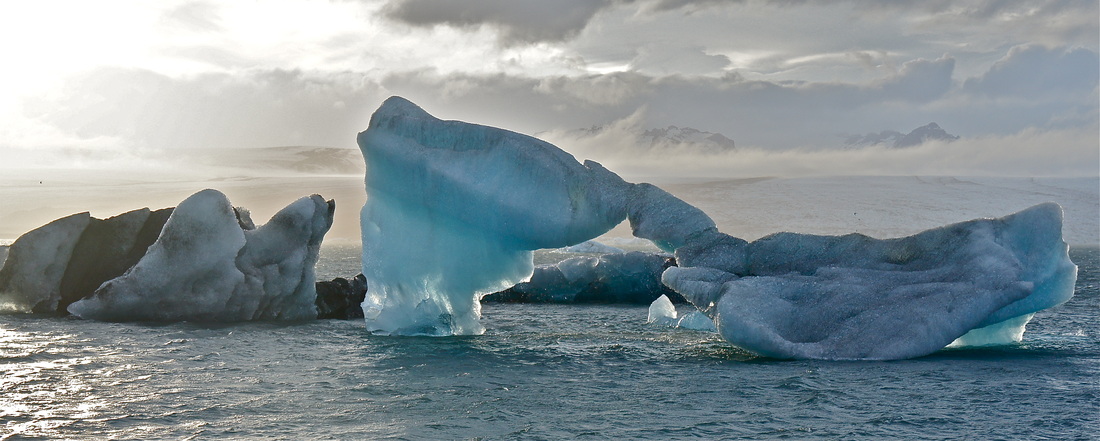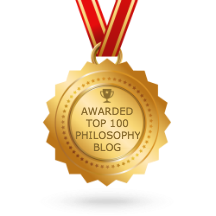In last week's post, I laid down some basic definitions for aesthetics that described how what is beautiful is what is good. Now, I want to take that definition of beauty and apply it to the field most concerned with such realms, the field that I have chosen to work in after many practical years in engineering and business—the field of art. So much of my previous work experience revolved around rational decisions: choosing the right structural material; proceeding with construction tasks in a logical order; measuring costs and comparing them to revenues; mapping business processes to look for redundancies or gaps. These were challenging but ultimately straightforward problems to solve. There was always a "right" answer. Increasingly, however, as the complexity of the work I was involved in grew, and the larger and grayer the areas of concern became, rational arguments no longer held total sway. Big decisions, big changes, in areas too complicated for any solution to be perfectly right, were too often discussed or chosen or resisted on more elemental emotional bases. In the face of conflicting evidence and experience, many times it was just easier for people to "go with their guts" than it was for them to buckle down and really calculate what the least worst options were. When I got the opportunity to leave this frustrating world for a mid-career break and a chance at becoming the writer and philosopher I've always wished I could be, I was very cognizant of the need to develop my ability to reach people not just rationally, but emotionally as well if I was going to be successful.
If you want to change the world (and who doesn't?), you have to learn to change individuals. If you want to change individuals, you have to know how people work, you have to know how to change yourself, you have to know thyself. We are rational and emotional creatures. To move both of these elements, you have to touch minds and hearts. Obviously, the development of my philosophy required a preponderance of rational thought and it appeals directly to that system in others. But I also knew from my practical experiences that those ideas alone would not carry the day. I needed the complement of moving people emotionally. I needed an artistic touch. This is why I write fiction as a companion to my philosophy. In the hope of seeing better living through better thinking, I want to discuss my philosophy of the world AND I want to tell stories that illustrate this worldview and affect people at levels other than the purely rational ones. Therefore, when discussing the philosophy of aesthetics, the following statements capture, and are consistent with, my belief about the purpose of art:
Science is the root method of gathering knowledge. Engineering is knowledge applied to the physical world. Business is knowledge applied to the economic world. Politics is knowledge applied to the realm of government. Medicine is knowledge applied to the body. Art is knowledge applied to the emotions. Science finds knowledge. Art uses knowledge to inspire. (It can also inspire scientists.) Art causes emotional responses so it often draws emotional people to it, but great art is created by rational processes, filled with knowledge, fueled by emotion, and executed with skill. Bad art is blind emotion that purports falsehoods for truth.
The purpose of art is to inspire life. Making bad things known can inspire good living by telling us what to avoid. Showing good things provides aspirations by showing us what to do or strive for. Tolstoy was wrong. Every unhappy family is simply shortsighted in some way. Happy families have an infinite number of interesting and difficult ways to proceed with long and rich lives.
Those last few lines are a reference to the opening sentence of Anna Karenina, which is widely and justifiably recognized as one of the greatest novels ever written. Tolstoy's opening line though is as famous as it is wrong: "Happy families are all alike; every unhappy family is unhappy in its own way." Happy families and happy scenes are not all alike, and the romantic in me wants to see more examples of them held up for inspiration. Those are the emotions I attempt to appeal to with my art, as inspired by my philosophy. (See Draining the Swamp for my first example, but many more are to come soon.)
As a final note on aesthetics, I mention the field of music in passing, which has long been regarded as a bit of an enigma by philosophers, being such a highly symbolic art form removed from more direct representations of reality. For me though—especially as I have tried to learn how to cope with the solitary writing life—music is a ready companion always there to help me manage my emotions. Accordingly, I had this to say about it:
Music seems to affect emotional states quickly and directly - it can change, express, or amplify our moods. It should be composed and consumed with this in mind since it can be a powerful aid to navigating the world while riding the elephant of our emotional unconsciousness. Choose your music as you choose your path. Be energized, thoughtful, purposeful, or calm; don’t wallow or give in to rage, vengeance, or oblivion.
To see what I'm talking about, I thought I would share one of my favorite clips of inspirational music. It was taken during a Ukrainian folk performance in 2003 when I was a Peace Corps volunteer in Chernivtsi. I don't know any of the words, and I doubt many of you will either, but see if you can listen to this 3:47 clip and not feel inspired to march out and do something important to you. Go on. Just give in to the feeling...


